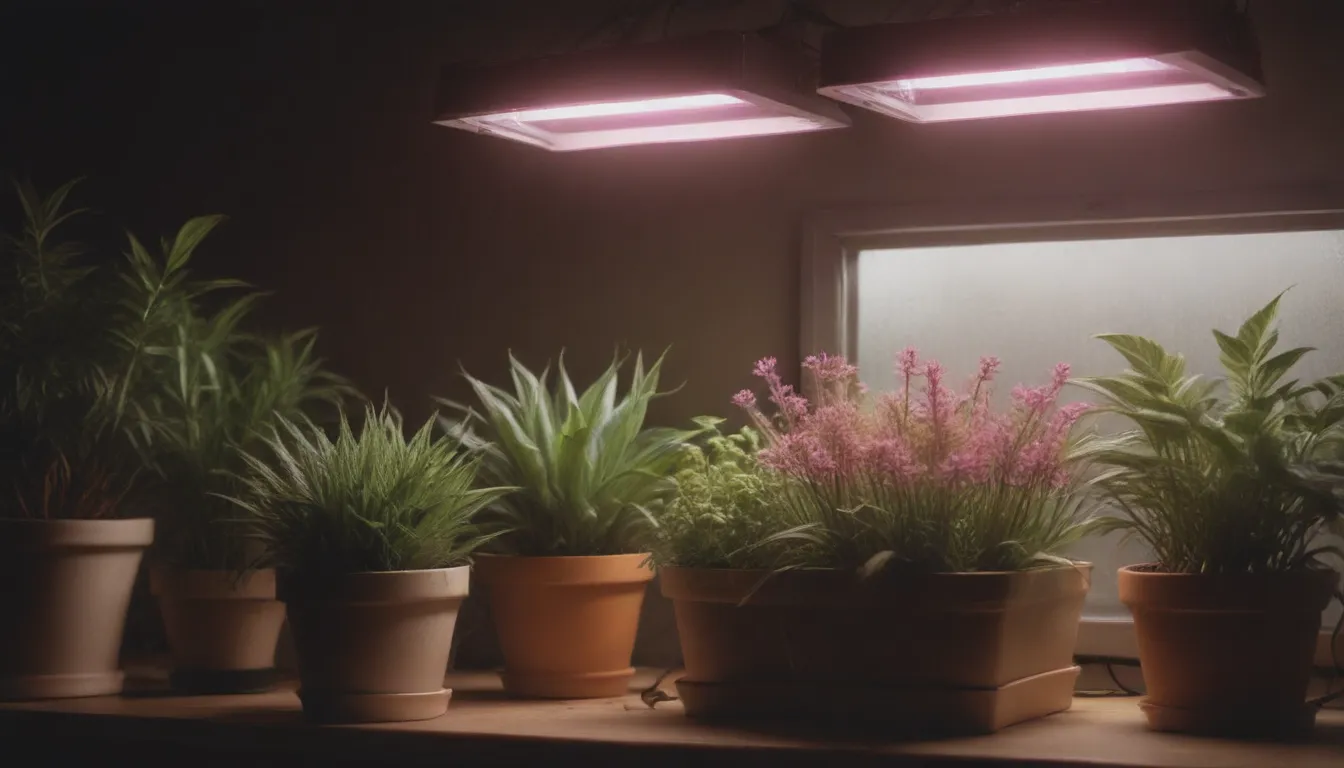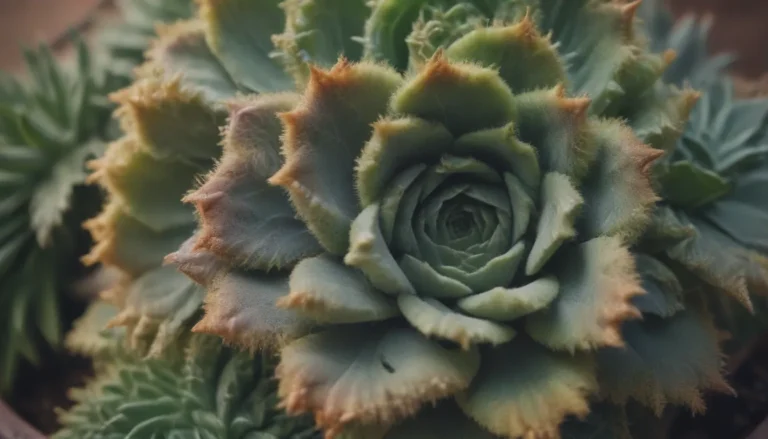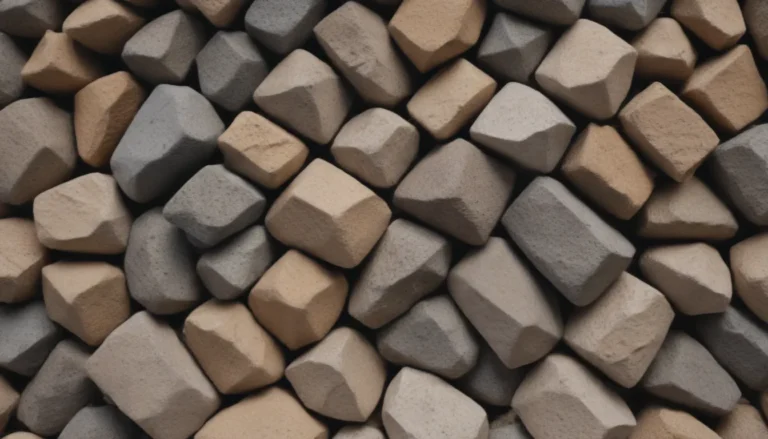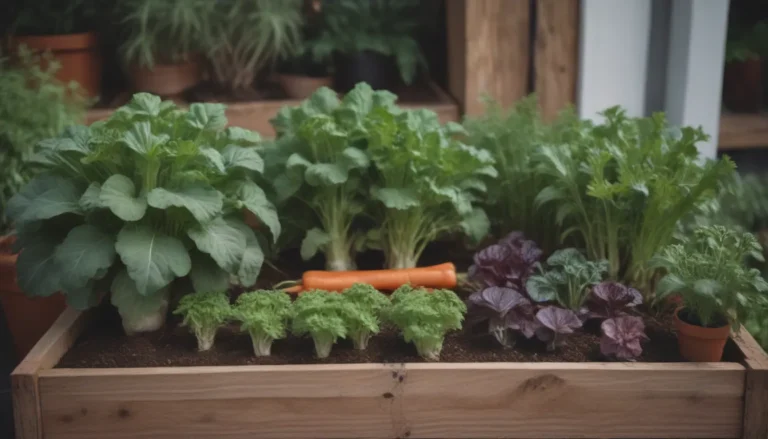The Benefits and Basics of Grow Lights

Are you struggling to keep your indoor plants thriving due to a lack of natural light? If so, grow lights might be the solution you need. But do grow lights work? While they may not be as powerful as natural sunlight, grow lights can indeed help your plants to complete photosynthesis and support healthy growth. In this comprehensive guide, we will delve into everything you need to know about grow lights to keep your indoor plants thriving in low-light spaces.
Key Tips for Using Grow Lights
- Indoor plants require more light than you might think, and grow lights can provide the necessary supplemental light to keep them healthy.
- Grow lights can aid in improving nutrition, speeding up growth, promoting flowering, and overall supporting the well-being of your indoor plants.
Understanding How Grow Lights Work
Grow lights play a crucial role in providing indoor plants with the light they need to photosynthesize effectively. They can mimic the sun’s full spectrum or emit specific wavelengths in the blue or red ranges. Plants require specific types of light to grow, with red light supporting flowering and blue light supporting vegetative and structural growth. Finding the right balance of both types of light is essential for optimal plant growth.
Types of Grow Lights
1. Incandescent
- Incandescent grow lights are the most affordable option but are not very energy-efficient.
- They produce more red light than blue light and emit high levels of heat, requiring caution when placing them near plants.
2. Fluorescent
- Fluorescent grow lights are more energy-efficient than incandescent lights but tend to be more expensive.
- They offer a decent light spectrum for plants and have a lower heat output, making them safer for use around plants.
3. LED (Light Emitting Diode)
- LED grow lights are energy-efficient, cost-effective, and provide an ideal light spectrum for all types of plants.
- They have a low heat output, reducing the risk of damage to plants from overheating.
4. High Intensity Discharge (HID)
- HID lights are commonly used for large-scale commercial growing operations due to their high light output.
- They are expensive and typically sold as large-scale installations rather than individual bulbs.
Choosing the Best Grow Light
For most residential applications, full-spectrum LED grow lights are the top choice. They are cost-effective, energy-efficient, and offer the ideal light spectrum range for indoor plants. These lights are widely available and provide the necessary support for healthy plant growth.
Placement of Grow Lights
The proximity of the grow light to your plants is crucial for optimal light absorption. Ideally, the grow light should be placed about 1 foot away from the plants to ensure they receive enough light. Positioning the light directly above the plant is generally the best practice to promote upward growth, although for trailing plants, this may not be as critical.
Timing and Duration of Grow Light Usage
It is recommended to leave grow lights on for at least 8 to 10 hours per day to mimic the natural sunlight exposure that plants need. Using timers can help automate this process, ensuring your plants receive the right amount of light each day. Some plants may require up to 16 to 18 hours of light if they are not receiving any natural sunlight.
Remember to give your plants a few hours of darkness each day to allow them to rest and maintain a healthy day-to-night cycle. This will help prevent overexposure to light and promote optimal growth.
In conclusion, grow lights can indeed work wonders for your indoor plants, providing them with the necessary light to thrive in low-light environments. By understanding the different types of grow lights available, how they work, and how to use them effectively, you can create an ideal growing environment for your beloved houseplants. So, if you’ve been struggling to keep your indoor garden flourishing, consider investing in quality grow lights to give your plants the light they need to grow and thrive.





